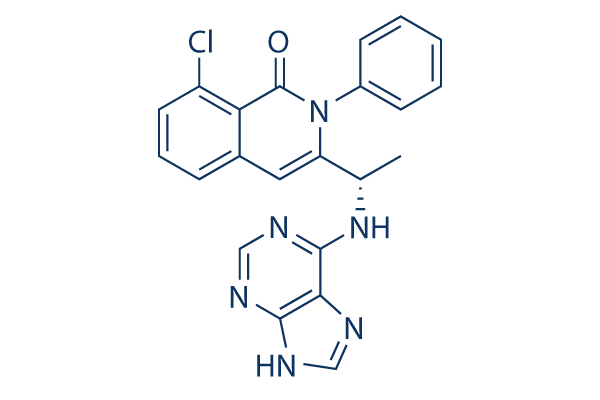Among the most replicated neuroanatomical findings is enormously and bilaterally enlarged caudate nucleus in FXS. The caudate, by means of connections with the frontal lobe, is concerned in impulse manage and attention, key ex ecutive functions acknowledged to get deficient in individuals with FXS. Accordingly, current functional magnetic resonance imaging exploration in men and women with FXS has located proof for alterations from the frontostriatal circuitry underlying executive function capabilities, which include working memory and attention/inhibition. Other neuroimaging investigation implicates distinct neuro transmitter programs involving choline, glutamine and gamma aminobutyric acid. Investigation ex amining metabolic techniques in FXS has burgeoned stick to ing the finding that silencing FMRP while in the Fmr1 KO mouse results in amplified signaling through precise G protein coupled receptors group I metabo tropic glutamate receptors and muscarinic acetylcholine receptors.
Prospective therapeutic interventions are actually advised primarily based on genetic and pharmacological manipulations, which regulate GPCR signaling in Fmr1 KO mice, and subsequently lead to reduction of some maladaptive behaviors associated with FXS. Identification you can look here of impacted brain techniques in humans with FXS can supply back links between the direct biological consequences of FMRP silencing as well as the neurobiological/behavioral/cognitive phenotypes of FXS, likewise as offer endpoints for monitoring pharmacological intervention. To date, examination of unique brain methods in people with FXS is incredibly constrained.
A single in vivo investigation of neurometabolite ranges in males with FXS reported re duced choline/creatine ratios in bilateral dorsolateral pre frontal cortex, an integral a part of the corticostriatal executive working network supplier CHIR-99021 by which aberrant perform ing has been demonstrated in humans with FXS. The present research sought to examine neurometabolite amounts in the broader sample of people with FXS, in cluding both females and males, to deal with the hypoth esis that very similar neurometabolic profiles are current in both sexes. Females, like males with fragile X syndrome, have decreased FMRP, and disadvantageous cognitive and behavioral symptoms, albeit to a lesser degree than their male counterparts. Furthermore, structural brain abnormalities, which includes enlarged caudate nucleus, are current in each males and females with FXS, although some reviews  indicate significantly less significant abnormalities for females. An innovative part on the recent research is folks with FXS have been com pared to persons without FXS matched for age, intercourse and common intellectual working. Hence substantial differences observed in neurometabolite profiles might be mainly linked to FXS and not cognitive perform ing in general.
indicate significantly less significant abnormalities for females. An innovative part on the recent research is folks with FXS have been com pared to persons without FXS matched for age, intercourse and common intellectual working. Hence substantial differences observed in neurometabolite profiles might be mainly linked to FXS and not cognitive perform ing in general.
No related posts.
